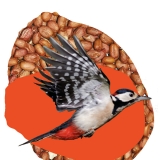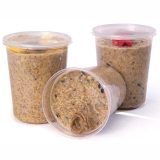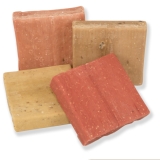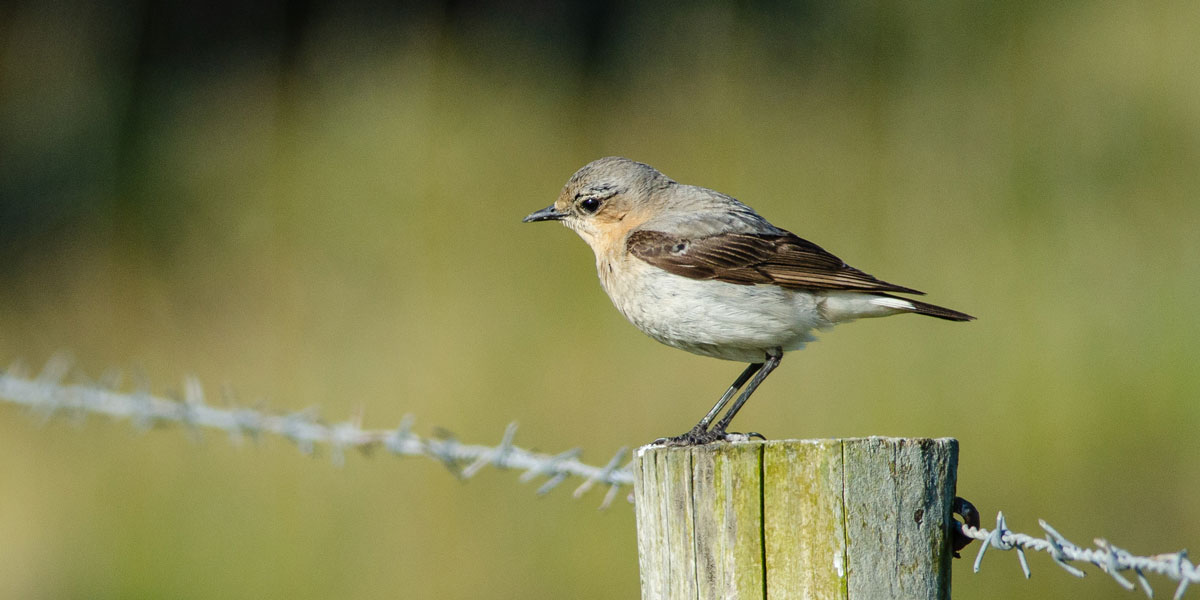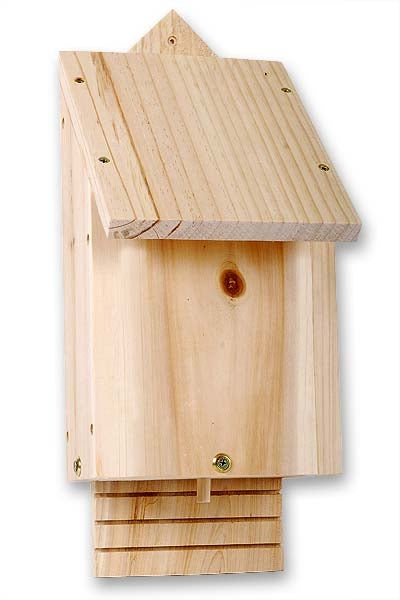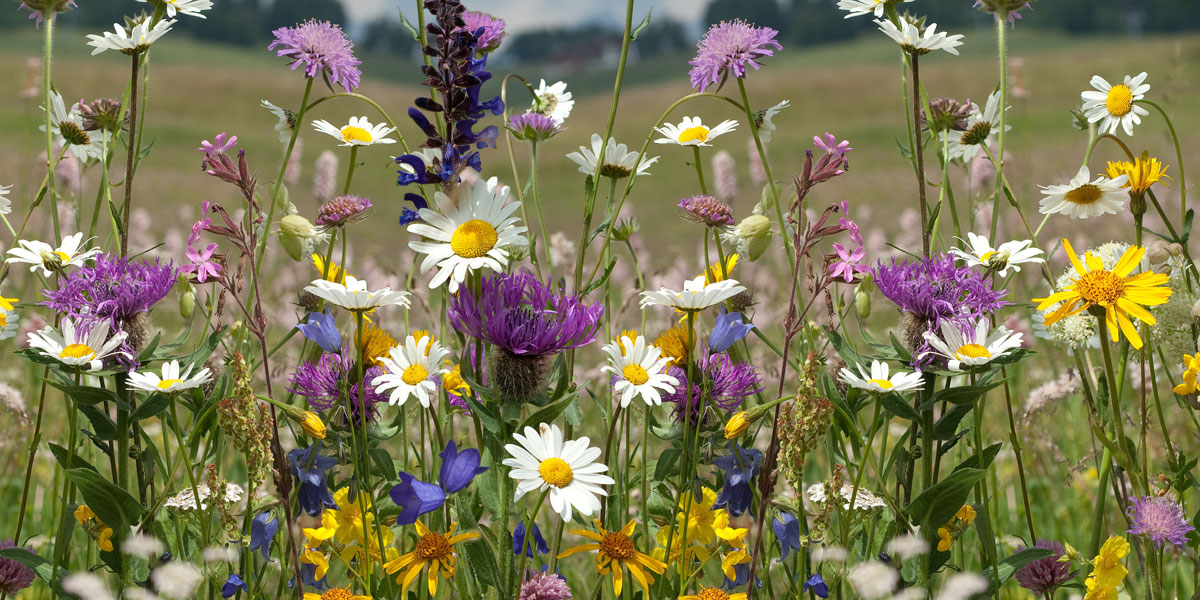Explore Our Garden Wildlife Blog
Browse or search by Category or Keyword below, alternatively click on any Tag to see related articles.
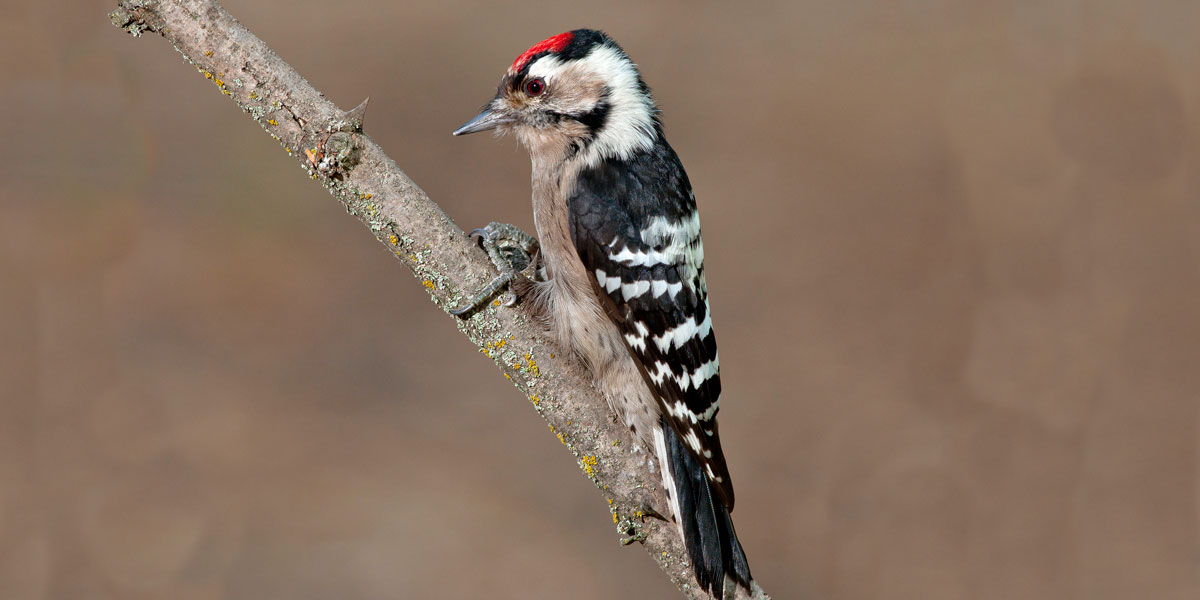

Lesser Spotted Woodpecker, Habitat, Call & Food
By Ark Wildlife
18th January 2021
Last Updated: 14th March 2024
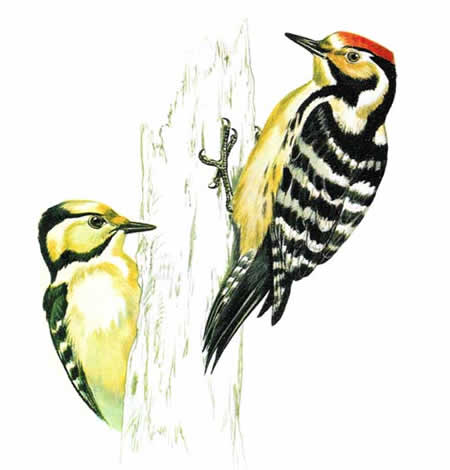
Identification
The Lesser Spotted Woodpecker is the smallest found in Europe. They are about the size of a hedge sparrow. They have a dirty white or slightly brown forehead. The crown is red in the male and off-white in the female, the young of both sexes have little red on the heads. The under parts of the adults are white with some dark streaks on the flanks. Upper parts are boldly barred to form a ‘ladder back’, in black and white. They tend to spend more time in the canopy of trees than their larger cousins.
Lesser spotted woodpecker size
The smallest of the three common types of woodpecker in the UK, the lesser spotted woodpecker is around 15cm in length. This makes it about the same size as a common house sparrow.
Difference Between a Lesser and Greater Spotted Woodpecker
Greater spotted woodpeckers are noticeably larger than lesser spotted woodpeckers – tending to be about the same size as a starling or blackbird. They have a crimson patch under their tail, spotted wings and a black and white back. In contrast, a lesser spotted woodpecker is only about the size of a chaffinch or sparrow, with black and white stripes on the back and no red under the tail. Male lesser spotted woodpeckers also have a red patch on the top of the head which helps to differentiate them from females.
Lesser Spotted Woodpecker Call
Their call is a repeated shrill of ‘kee-kee-kee’.
Reproduction
Breeding starts from early May. They nest in holes in trees, usually soft decayed wood. Sometimes they may bore a hole in a side branch. Both adults bore the hole, which consists of a tunnel about 3cms in diameter which curves down to an elongated chamber. Four to six eggs are laid (sometimes three to eight). They are thin shelled, glossy white. Both sexes incubate, the male sitting at night, for fourteen days. Both tend the young, which hatch naked, feeding them with insects brought in the bill until they leave the nest after about three weeks.
Habitat
They like open woods, especially deciduous woods, also parkland and orchards.
Where to See a Lesser Spotted Woodpecker
Lesser spotted woodpeckers are one of the UK’s most rapidly declining bird species. There are only a few thousand pairs left in the country and they tend to be most commonly sighted around Northumberland and Cumbria. They nest in areas of dense woodland, particularly those which border on wetlands.
Lesser Spotted Woodpecker Food
Larvae of wood-boring insects and other invertebrates (especially spiders). Will rarely eat fruits.
Where to Feed
Feeders – Ideally above 1m in height
Table – Open topped
Ground – Scattered around trees






